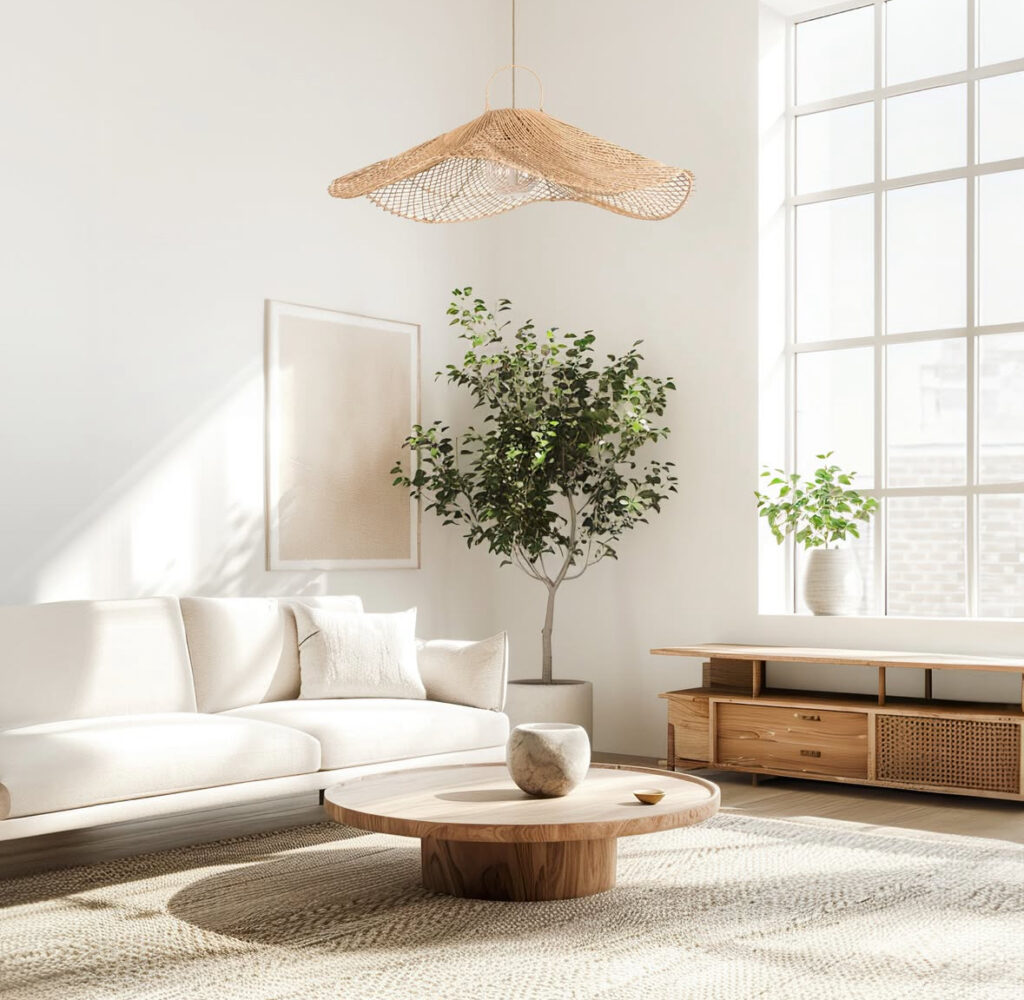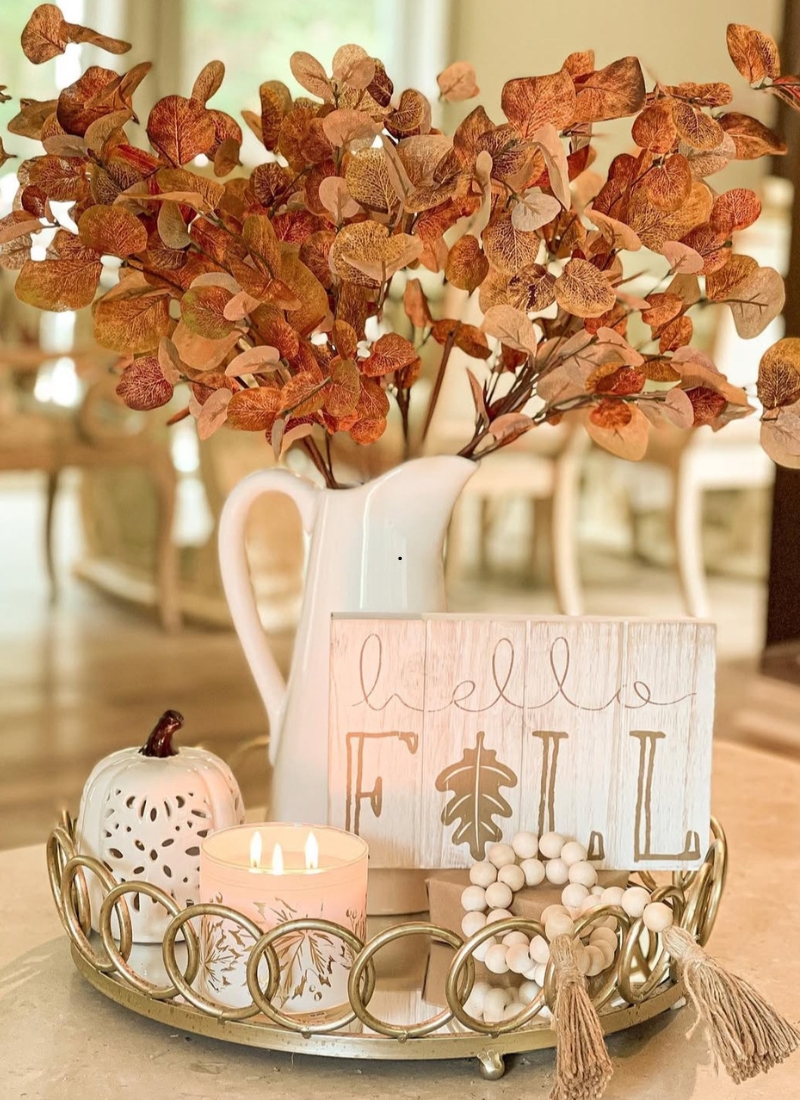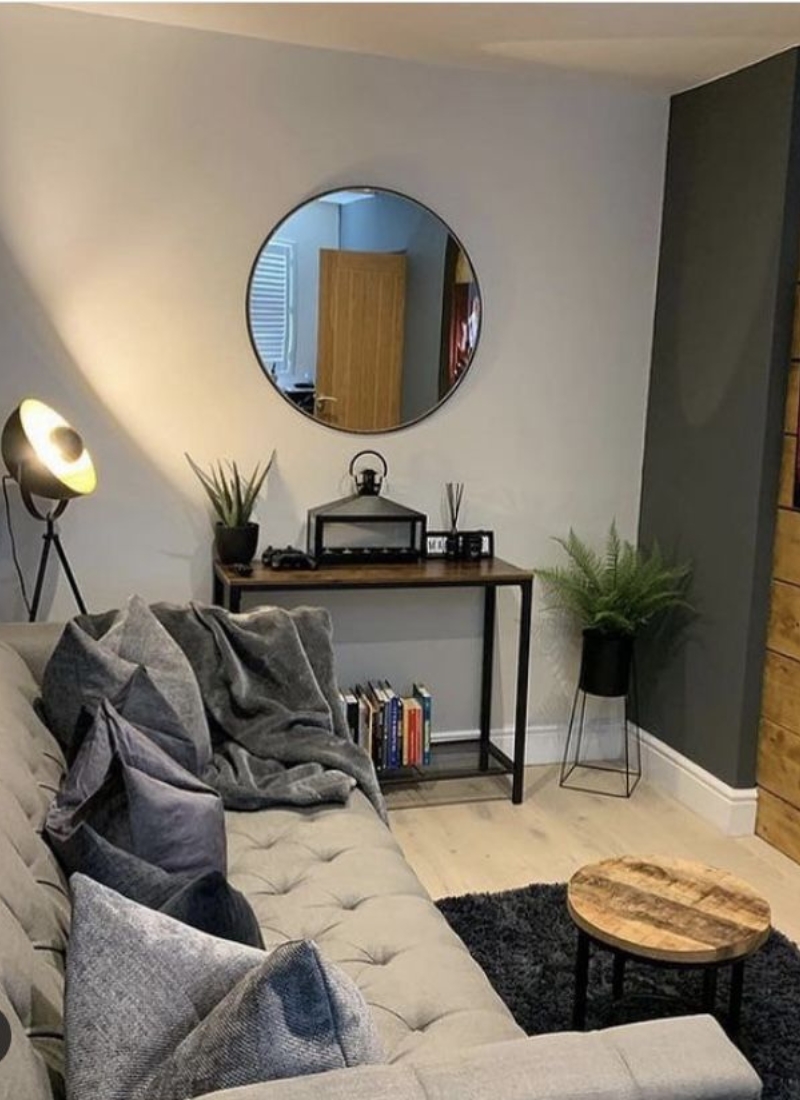Hey all! My name is Julia, former college student and a home decor enthusiast who loves DIY home improvement projects and finding creative ways to decorate any living spaces on a budget. Recently moved from my dorm to my new apartment which I renovated from scratch and I am here to help you with tips & tricks about home decor/college and more 🙂
Ever wondered why wicker furniture often comes with a hefty price tag? Here’s a look at what makes wicker so expensive and why it’s considered a valuable choice for your home.
Ever notice how wicker baskets or furniture have those price tags that make you look twice?
You’re definitely not alone if you’ve wondered about that.
Wicker is pricey because it’s often handmade from real, natural materials, and it takes a lot of time and skill to put it all together. Shipping these bulky pieces adds extra costs, too.
When you buy wicker, you’re usually paying for quality that lasts, not just something that looks nice for a season.
The work that goes into weaving each part by hand means every piece is a little bit unique.
If you’ve ever thought about bringing home a wicker chair or basket but got sticker shock, let’s dig into what makes it worth it.
What Is Wicker and How Is It Made?
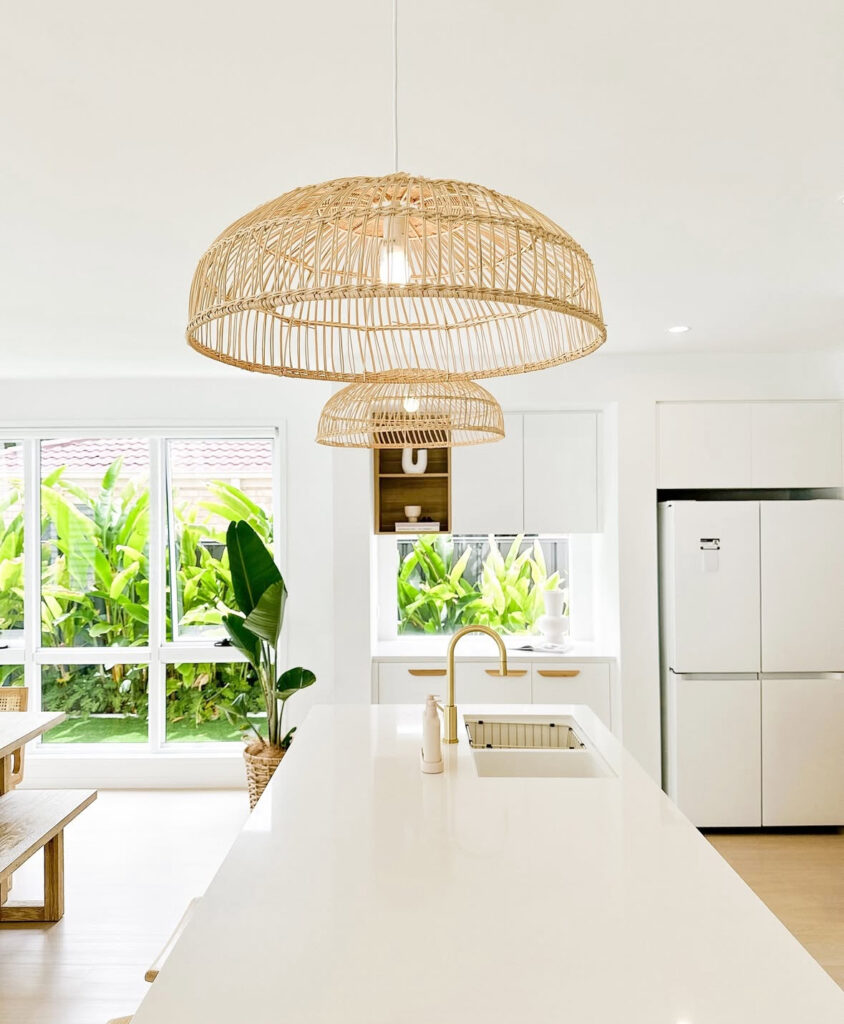
Wicker is a popular choice for furniture and home décor because it’s lightweight but still strong.
It’s made by weaving together natural or synthetic materials, which gives it a cozy, handmade look that a lot of people love.
Traditional Wicker Weaving Techniques
Wicker pieces have those tight, detailed patterns thanks to special weaving skills.
The technique has been around for thousands of years, and the main idea is to twist and interlace the materials in a way that holds everything together without nails or glue.
It takes patience, careful hands, and real practice to get it right.
Weavers use different patterns depending on the final shape they want—some are tight and dense, others open and airy.
Common Wicker Materials
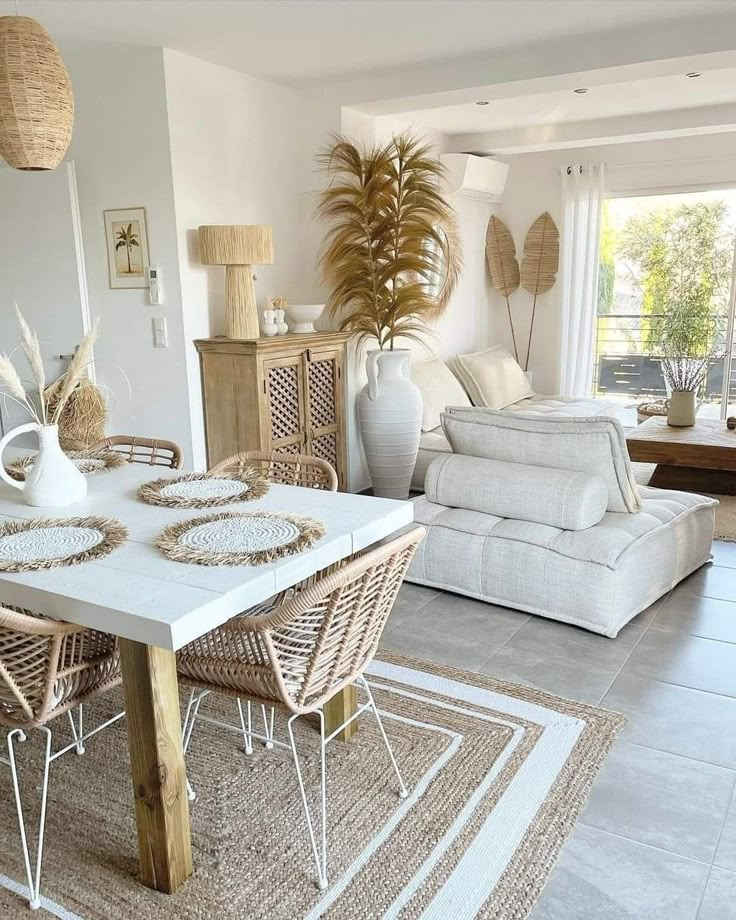
Wicker can be made from all sorts of stuff.
The most common natural materials are willow, rattan, reed, seagrass, and bamboo, each with its own color and texture.
Here’s a quick list of what you might find:
- Willow: Flexible and smooth, good for bending into shapes.
- Rattan: Durable and strong, often used in chairs.
- Reed/Seagrass: Lighter and softer, adds a textured look.
- Bamboo: Hard and sturdy, usually for frames. Sometimes you’ll see synthetic fibers too, which look like the real thing but can handle weather better.
Differences Between Wicker and Rattan
Wicker isn’t a material—it’s actually the name for the weaving technique.
Rattan, on the other hand, is a plant that often gets used in wicker furniture.
People get mixed up on this because rattan is so common in these designs. You can think of it like this: rattan is like flour in bread, while wicker is the way you mix and bake it.
Other plants like willow or bamboo get woven with the wicker method too, not just rattan.
And while rattan is strong and bendy, other materials can be lighter or stiffer, giving each piece of wicker a different feel.
Related posts: White Stair Risers vs. Wood
Natural Fibers vs. Synthetic Materials

Wicker can be made with natural fibers like rattan, seagrass, bamboo, or reed.
Rattan is especially popular because it’s flexible but also super strong, so it holds up well for chairs or tables.
Bamboo and seagrass give furniture a unique look and a bit of extra charm.
Synthetic materials, like polyethylene, are common in outdoor wicker because they’re built to handle sun, rain, and constant use.
They’re lightweight, easy to clean, and don’t fade as fast. Natural fiber pieces usually cost more since getting and weaving them is harder work.
Durability and Longevity Factors
Durability really comes down to what your wicker is made of.
Natural rattan is well-known for being sturdy and long-lasting indoors, but sun and moisture can make it crack or fade over time.
Bamboo can be strong, but it doesn’t always do well in wet climates. Synthetic material handles the elements much better and doesn’t warp or splinter as easily if you leave it outside.
Most are designed not to crack or split, so if you want furniture that lasts for years on your porch or patio, synthetic wicker might be your best bet.
Premium Materials and Their Cost
Premium wicker products often use high-quality materials like tight-weave natural rattan or specialized plastics.
Natural rattan is harvested from tropical plants and takes skill to shape and weave, which adds to the cost.
Even with synthetic wicker, top brands use UV-resistant and weatherproof coatings to boost their durability.
Here’s a quick look at how the costs can compare:
| Material | Cost |
|---|---|
| Natural Rattan | High |
| Seagrass/Reed | Medium |
| Synthetic Polyethylene | Medium/High |
| Bamboo | Medium |
The more durable and rare the material, the higher the price tag you’ll usually see.
That’s why two identical-looking wicker chairs could be priced so differently when you see them in a store.
Handmade vs. Machine-Made Wicker
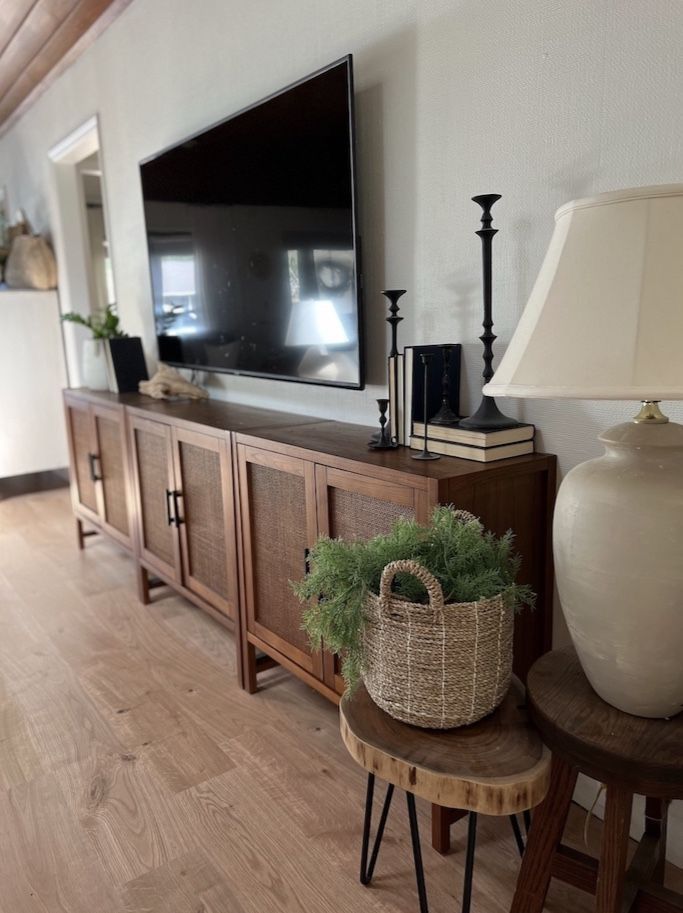
Look closely at a real wicker piece, and you’ll often spot signs that a person made it by hand.
Handmade wicker items tend to have tight, even weaves and unique patterns you don’t really find in something machine-made.
The process takes much longer, but you end up with something sturdy and special.
Machine-made wicker is usually a bit cheaper and way faster to produce.
These pieces can look nice, but they don’t always have the same strength or attention to detail.
Sometimes, if you want a one-of-a-kind item, handmade is the way to go because you get real craftsmanship in every strip.
Labor-Intensive Weaving Process
Wicker weaving is not easy work. To make a sturdy chair or a beautiful basket, someone has to carefully bend, twist, and weave every single piece of rattan, bamboo, or even synthetic fiber.
That’s a lot of hours just to make one item! The more complex the design, the more effort it takes.
For big pieces or anything with an intricate pattern, the process can take several days.
That time and effort definitely add to the price, but it also means you get something that’s made to last.
Skilled Artisans and Custom Designs
Most handmade wicker items are made by skilled artisans who have been practicing their craft for years.
They know exactly how much pressure to use or how to make the weave strong and even.
It’s a skill that’s usually taught, not just picked up overnight. If you want a custom piece—maybe a wicker chair in a special color or a basket with your initials—it takes even more expertise.
These custom projects are one-of-a-kind and done by hand.
You’re not just paying for the materials; you’re paying for someone’s years of experience and creativity.
Wicker Patio Furniture
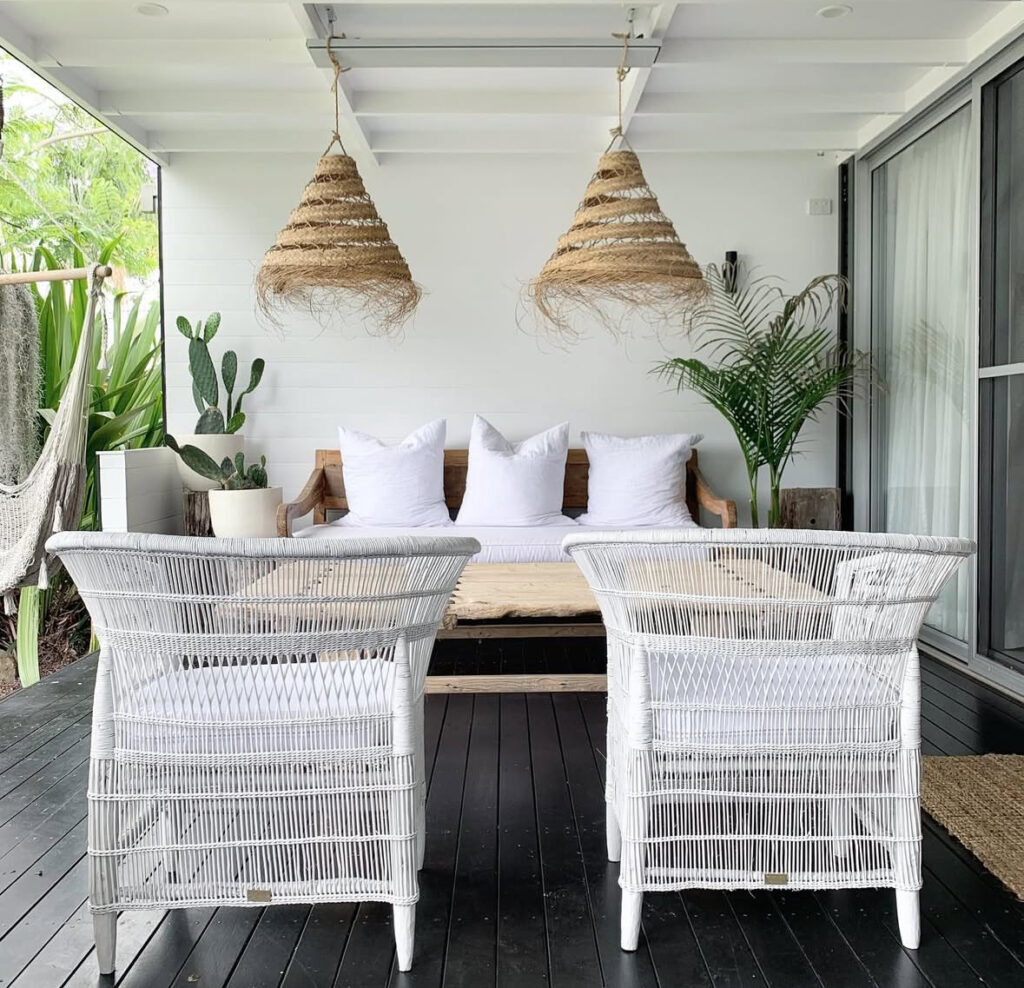
When you set up your patio or garden, wicker patio furniture is a top pick.
It’s not just for looks—these pieces are made to face the sun, rain, and even a little wind.
Most outdoor wicker is actually woven from synthetic materials, so it won’t crack or fade like natural rattan.
That’s why you find outdoor wicker sofas, loungers, and even large dining tables that last for years outside.
They’re easy to move around and pretty simple to clean.
A lot of people like how they make outdoor spaces feel cozy, kind of like a living room under the sky.
Indoor Wicker Pieces

Indoors, wicker furniture takes on a different feel. You might see wicker chairs in a sunroom or a rattan chaise lounge by a big window.
Some folks use wicker baskets, side tables, or even wall hangings to add texture and warmth.
Natural rattan is common for indoor pieces, and these don’t have to stand up to weather, so they can be made softer and a bit lighter.
The look fits with so many decor styles, from classic to boho. Wicker is especially nice if you want something that feels casual but still put together.
Versatility in Home Decor
Wicker fits in almost anywhere, whether you like modern, beachy, or farmhouse vibes.
You could mix a wicker chair with bold pillows or use a woven coffee table to break up the look of a room.
It also works well in small spaces because it feels light and doesn’t block light or views. Here’s a quick list of places people use wicker:
- Entryway benches
- Kids’ rooms
- Living room accents
- Sunrooms or enclosed patios
Related posts: Best Paints for Bookshelves
Eco-Friendly Attributes
If you care about the environment, good wicker is a smart pick.
Most wicker items use natural and renewable materials like rattan, bamboo, or willow.
When you buy real wicker furniture or baskets, you’re not filling your home with plastics or weird chemicals.
Many wicker products are handwoven, skipping big machines and using less energy.
Plus, old wicker breaks down naturally and doesn’t leave much waste behind. That’s a relief, right?
Aesthetic Appeal and Decorative Purposes
Wicker just looks good—plain and simple. It brings a warm, natural vibe into your space, so your home feels more welcoming.
The texture and shapes in handwoven wicker baskets or furniture can really make a room pop.
Since wicker comes in both light and dark shades, it’s easy to find something that fits your style.
You can use it inside or outside without it looking out of place. Honestly, it matches with just about anything.
Value Retention Over Time
One thing I really like about nice wicker is it holds up over the years.
High-quality wicker furniture usually lasts a long time if you take care of it.
Even after years of use, good wicker keeps its strength and beauty.
Classic wicker pieces rarely go out of style, so you don’t have to worry about them looking dated.
It’s not unusual to see well-made vintage wicker items holding their value—or even becoming more valuable as they age. That’s pretty cool if you ask me.
How Synthetic Wicker Compares to Natural Wicker
When it comes to looks, synthetic wicker can really fool you. It often looks and feels a lot like the real thing.
The big difference is the material. Natural wicker uses plant fibers like rattan, while synthetic wicker is made from plastics like resin or HDPE.
Synthetic is tougher against rain and sun, so your outdoor furniture won’t crack or fade as quickly.
And bonus—synthetic wicker is usually easier to clean.
You might miss a bit of that classic, handmade feel, but you’ll save money and get furniture that lasts longer outside.
Benefits and Drawbacks of Synthetic Options
One of the best things about synthetic wicker is that it’s super low maintenance. You can wipe it down and not stress about the weather ruining it.
It usually costs less than natural wicker. But there are a few trade-offs.
Some people find synthetic materials less comfy or warm than natural wicker.
Cheaper synthetic wicker can get brittle over time, especially if it bakes in direct sun every day.
Still, for most folks, the benefits make it a solid pick for patios or gardens.
Frequently Asked Questions
What factors into the high cost of handcrafted wicker furniture?
Handcrafted wicker takes a lot of time and skill to make.
Each piece is woven by hand, so someone’s putting real effort into every detail.
The cost of good quality materials, like rattan or natural fibers, adds up too.
You’re not just paying for a chair or table—you’re paying for the work and experience involved.
Shipping and storage can add extra costs as well. It’s a lot more than just the finished product.
Why does artisan-made wicker typically have a steeper price?
When you buy artisan-made wicker, you’re paying for a person’s creativity and skill.
These items aren’t made by machines, so each one is a little different and special.
Traditional techniques often take longer, which means higher labor costs. Makers might use rare or higher-quality materials, too.
All these things bump up the price. That’s just how it goes with handmade stuff.
Are there differences in cost between synthetic and natural wicker?
Yes, there’s usually a big difference in price between synthetic and natural wicker. Natural wicker uses real plant materials like rattan, which can be expensive to harvest and process.
Synthetic options, like resin or plastic, cost less to produce and are generally cheaper.
Synthetic wicker is often made in factories, so it’s faster and less costly.
If you’re on a budget, synthetic wicker can save you some cash. It’s a pretty practical choice for a lot of people.
How does the durability of wicker compare with its cost?
Wicker’s got some real staying power, especially if you spring for the good stuff made from quality natural materials.
With a little care, it can stick around for years, even if you leave it outside.
Sure, the price tag might make you pause, but you’re not just buying furniture—you’re investing in something that’ll last.
Honestly, if you want furniture that goes the distance, wicker’s worth considering.
